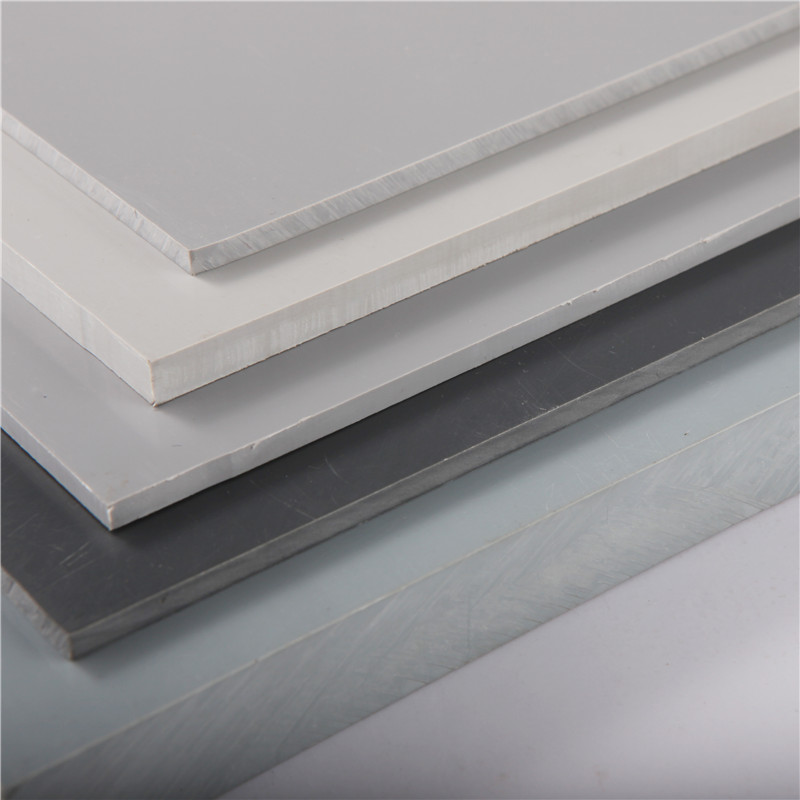Aug . 15, 2024 11:44 Back to list
Understanding the Various Sizes of PVC Irrigation Pipes for Efficient Water Distribution
Understanding PVC Irrigation Pipe Sizes
When it comes to efficient irrigation systems, the choice of materials and pipe sizes plays a critical role in ensuring optimal water delivery to crops and landscapes. One of the most commonly used materials for irrigation systems is polyvinyl chloride (PVC). It is favored for its durability, resistance to corrosion, and ease of installation. However, selecting the right PVC irrigation pipe size is vital for achieving efficient performance and minimizing water wastage.
Importance of Correct Pipe Sizing
Choosing the correct size of PVC irrigation pipe affects both the flow rate and pressure within the system. If the pipes are too small, they can restrict water flow, leading to inadequate water supply to different parts of the irrigation system. Conversely, oversized pipes can lead to excessive water pressure, which may result in leaks or damage to fittings and emitters.
The right pipe size ensures that water reaches the plants efficiently, making certain that the irrigation system operates within its intended capacity. Additionally, proper sizing can minimize energy costs associated with pumping water through the system.
Common PVC Pipe Sizes
PVC irrigation pipes come in various sizes, typically measured by their diameters. The most common sizes for agricultural irrigation are 1 inch, 2 inches, 3 inches, 4 inches, and 6 inches, with larger pipes available for larger systems.
1. 1-inch Pipes Often used for small gardens or residential irrigation systems, 1-inch pipes are ideal for low-pressure systems delivering water to individual plants or small plots. 2. 2-inch Pipes This size can accommodate larger garden areas or small-scale farming. They allow for a higher flow rate and are frequently used in drip irrigation systems.
3. 3-inch to 4-inch Pipes These sizes are typical for commercial agriculture, capable of supporting medium-sized irrigation systems that cover larger fields, ensuring an efficient supply of water.
pvc irrigation pipe sizes

Factors Influencing Pipe Size Selection
Several factors need to be considered when selecting the appropriate PVC pipe size for irrigation
- Water Demand Understanding the water requirements of the plants being irrigated is crucial. High water-demand crops may require larger diameter pipes to ensure sufficient flow.
- System Layout The design of the irrigation system—whether it is a drip, sprinkler, or subsurface irrigation system—can influence the sizing.
- Length of Run The longer the distance the water must travel, the larger the pipe diameter needed to reduce friction losses and maintain adequate pressure.
- Pump Capacity The output capacity of the pump used in the irrigation system also dictates the required pipe size. Pumps have specific flow rates, which should align with the pipe size to prevent inefficiency.
Conclusion
In conclusion, selecting the right PVC irrigation pipe size plays a critical role in ensuring an efficient and effective irrigation system. By considering factors such as water demand, system layout, run length, and pump capacity, farmers and gardeners can make informed decisions about the pipe sizes that best suit their needs. Properly sized PVC pipes not only improve water delivery efficiency but also help in conserving water resources, contributing to sustainable agricultural practices. Therefore, careful planning and consideration of PVC irrigation pipe sizes are essential for achieving the best results in any irrigation project.
-
High-Quality PPR Pipes and Fittings Durable ERA PPR & PVC PPR Solutions
NewsJul.08,2025
-
Black HDPE Cutting Board - Durable, Non-Porous & Food Safe HDPE Plastic Cutting Board
NewsJul.08,2025
-
High-Quality CPVC Panel Durable HDPE & PVC Panels Supplier
NewsJul.08,2025
-
Double PE Welding Rod Supplier - High Strength, Durable & Versatile Welding Solutions
NewsJul.07,2025
-
High-Quality PVC-O Pipe Supplier Durable 75mm PVC Pipe & Connections Leading PVC Pipe Company
NewsJul.07,2025
-
HDPE Drainage Pipe Supplier – Durable & Corrosion-Resistant Solutions
NewsJul.06,2025

